Use Case
Electronic Case Reporting (eCR)
Enables providers’ EHRs to automatically notify public health agencies, via APHL, with rich clinical details, even when state and local reporting requirements vary

Automatic submission of eCRs
Reporting certain conditions to public health agencies is required by law, but rules vary by jurisdiction. Many healthcare organizations struggle to know what, when, and where to report—causing delays in reporting, especially during a public health emergency or outbreak.
The challenge
Historically, when healthcare providers identify a patient with a disease/condition, they must create a reportable condition case report using time-intensive manual processes like:
- written reports
- fax
This has led to underreporting and delayed identification of events, such as disease outbreaks, that require public health intervention.
The solution
eHealth Exchange participants can use the network to automatically generate and transmit case reports from electronic health record (EHR) systems.
Association of Public Health Laboratories (APHL), and eHealth Exchange participant, is the primary way providers and public health agencies connect, either directly through eHealth Exchange or our bridge to TEFCA or Carequality. This enables a single, all-condition, all-jurisdiction electronic reporting process.
Reducing provider and public health burden
eHealth Exchange is a quick-to-implement and cost-effective solution to automate the submission of eCRs, reducing burdens on providers and public health agencies by:
Automate Reporting Processes
Reduces provider burden for reporting and investigation follow-up by providing more complete clinical data.
Improve Case Investigations
Reduces the investigation and follow-up burden for public health agencies, enabling staff to devote more time to public health practice.
Identifies Reportable Conditions
Manages the determination of what is reportable and to which public agencies it should be reported in the background of EHR system.
Reporting Compliance
Helps providers comply with state, Tribal, local, and/or territorial laws.
Improve Communication
When a condition is found to be reportable in near real-time, eCR provides information on that condition from the appropriate public health jurisdiction to providers.

Send unlimited case reports for no additional fees
Instead of paying for transaction volume-based fee with another service provider, all eHealth Exchange participants may initiate unlimited case reports to the APHL via the Hub.
Promoting Interoperability Program
Using eHealth Exchange and APHL as your eCR solution for public health reporting can help healthcare organizations that participate in the Centers for Medicare and Medicaid Services (CMS) Promoting Interoperability Program attest for the eCR measure.
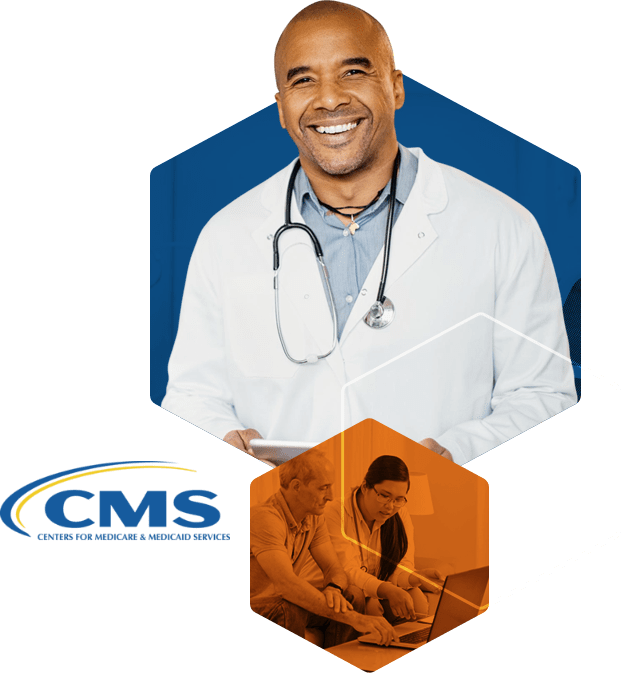
Let us show you how it works
eHealth Exchange participants can use the network to automatically generate and transmit case reports from electronic health record systems and send them to public health agencies.
Step 1
A matching clinical code (such as “COVID-19”) triggers the generation of an electronic case report (eCR)
Depending on the EHR vendor, eCR generation may be supported natively (“out of box”). If not, you may be able to utilize a SMART-on-FHIR application from APHL called “eCR Now” that will interface with your EHR system to generate an eCR.

Step 2
eCR contains a document payload
This is done in accordance with an evaluation performed on the reportability of the eCR, leveraging Reportable Conditions Knowledge Management System (RCKMS).

Step 3
eCR document submission is transmitted
Transmission to APHL AIMS uses the eHealth Exchange Hub – the Hub does not store the eCR document.
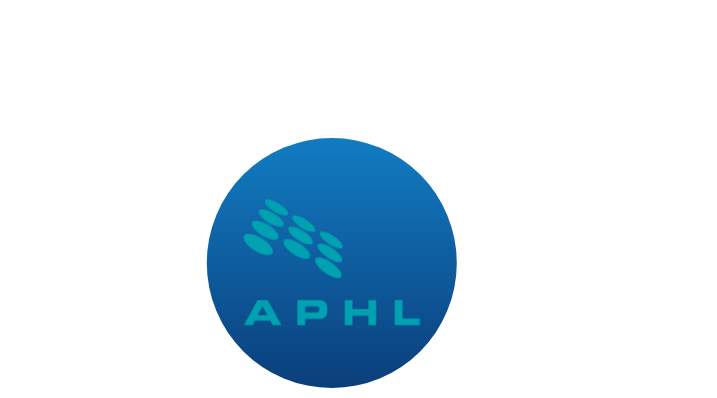
Step 4
APHL AIMS forwards the eCR to Public Health Authorities
The document payload reports on items such as patient, encounter, condition and travel history information, if available.
Step 5
APHL AIMS generates a reportability response that is sent back to the eCR submitter
A reportability response (also in the form of a document submission) typically includes information about what has been determined to be reportable to Public Health Agencies and which agencies have received eCR information.
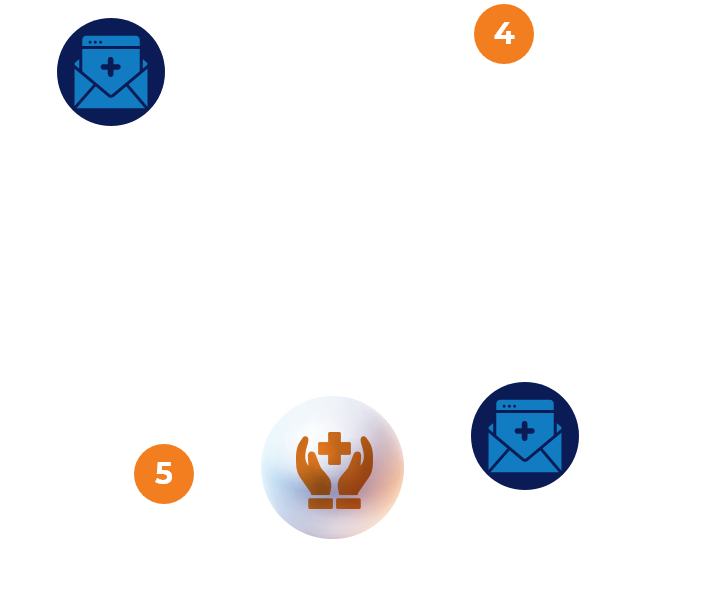
Step 6
APHL AIMS forwards the eCR to Public Health Authorities
The document payload reports on items such as patient, encounter, condition and travel history information, if available.
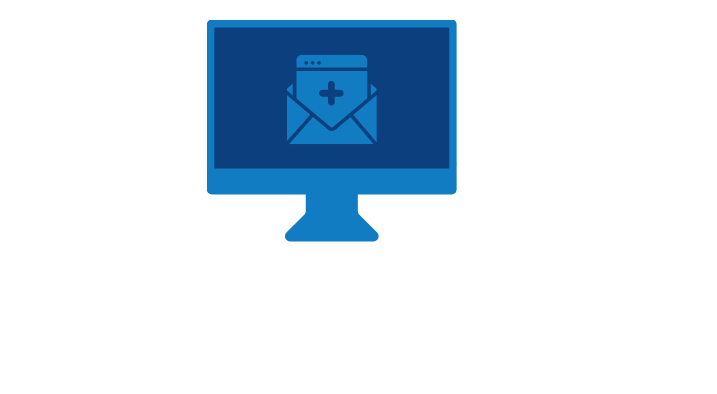
eCR over TEFCA
The eCR over TEFCA project was initiated to establish a pathway for eCRs using a Trusted Exchange Framework and Common Agreement™ (TEFCA™).
APHL joined the eHealth Exchange QHIN and through a collaborative effort with the ASTP/ONC, CDC, Epic and others, the first two public health use cases were live July, 2024 over TEFCA for eCRs and public health query for case investigations.

Technical Specifications
HL7 FHIR Implementation Guide: Electronic Initial Case Reporting (eICR)
Direct – Direct Project Applicability Statement for Secure Transport v1.2
Document Submission Production Specification v3.0
Now is the time to abandon manual and disjointed workflows.
Expand your access and connectivity to the U.S. healthcare system with eHealth Exchange